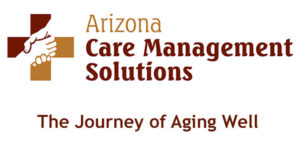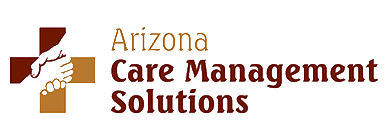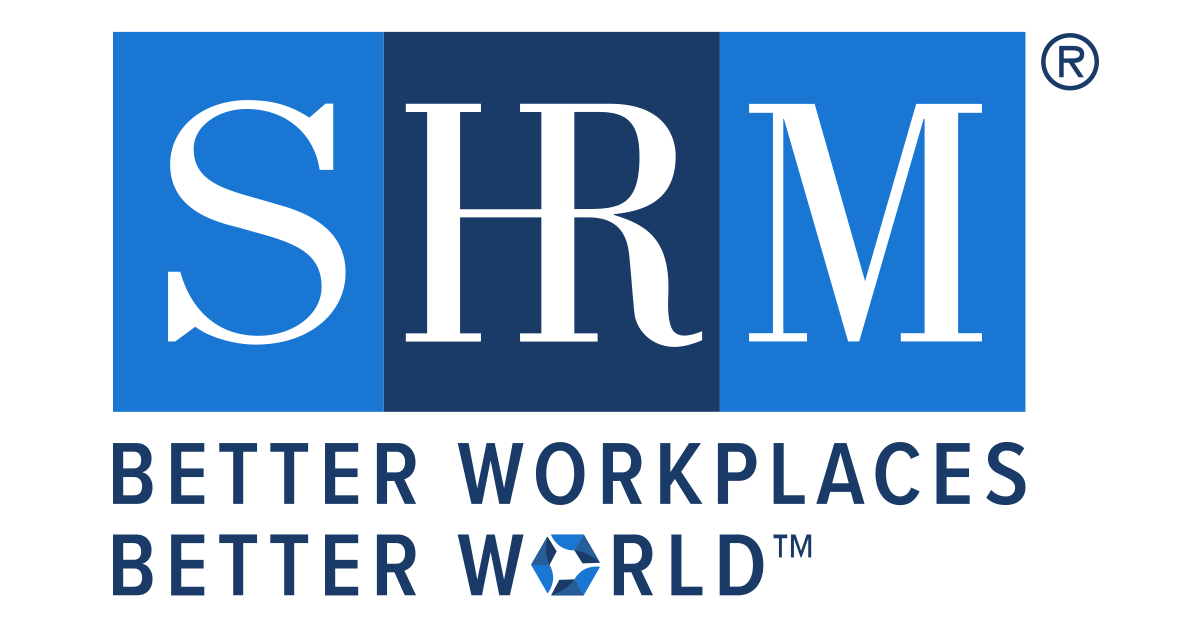The Journey of Aging Well
with helpful tips for family caregivers
September/October 2012
September is National Pain Awareness Month. We offer these articles as relief to your pain points, literally and figuratively.
- Managing pain with music
- Outpatient or inpatient? Why it's important to know
- Sage advice from elders
Managing pain with music
 Here’s a prescription for pain relief: the sound of music.
Here’s a prescription for pain relief: the sound of music.
Pain is very real. It is also a perception. How strongly we feel pain at any given time depends a good deal on our thoughts and mood. Music has a profound influence on both. Indeed, research shows that using music as therapy can reduce the experience of pain.
For immediate relief of sudden pain, music therapists suggest music with a strong, positive rhythm or lyrics. Maybe tunes from a favorite musical or an upbeat instrumental composition. Such attention-getting music provides a good distraction and stimulates release of the body’s natural painkillers.
For relief from chronic pain, soothing music has proven to be the best. In this type of therapy, a chosen piece is played over and over again. While the music is playing, the listener practices relaxation techniques. After a period of such “conditioning,” just hearing the music cues a deep sense of ease.
You can help your loved one try music therapy at home.
- Find the right music. Have your relative listen to a variety of music. Rate each piece twice: for enjoyment and for relaxation. Identify the pieces that score highest in each area.
- Compile music sets. Create unique combinations or playlists: one for upbeat distraction and one for soothing.
- Prepare for sudden pain. Before and during any potentially painful procedure, listen to the attention-focusing music. (Headphones or earbuds are great for this!) The distraction may reduce your relative’s experience of pain. It can also make the time seem to go by more quickly.
- Condition against chronic pain. Over a period of weeks, have your family member listen repeatedly to calming music. At the same time, he or she practices rhythmic deep breathing and pleasant mental imagery. This links the music to deep relaxation.
Outpatient or inpatient? Why it's important to know
Imagine your mother has spent a couple of nights in the hospital, getting treatment after a fall. You might think she’s an inpatient. But instead, she may be on “observation” status.
Financially, this could be very important. Whether she is officially an inpatient or not, Medicare will likely cover at least some of her hospital treatment. But for observation, they pay under Part B, which could mean greater co-pays and additional uncovered expenses, especially for drugs. More money out of pocket. And unless she’s been formally admitted, Medicare won’t pay for Mom to recover in a skilled nursing facility. That expense adds up VERY quickly.
Medicare has strict rules about whether or not a patient can be admitted to the hospital. If a doctor is unsure, he or she must put the patient in “observation status.” Mom can have a hospital room, get an ID bracelet, and receive meals. But if she’s there just for observation, it is considered an outpatient service only. In addition to only Part B coverage for her hospital stay, Medicare does not pay for aftercare for outpatients.
For Medicare to pay for follow-up care at a skilled nursing facility, your relative must
- be a hospital inpatient for at least three days in a row. This is known as a “qualifying stay.” The day of discharge does not count toward the three days.
- have doctor’s orders to enter a skilled nursing facility for further treatment or rehabilitation services. This must occur within 30 days of leaving the hospital.
How do you tell the difference between inpatient and observation?
ASK!
“Observation” may look just like inpatient service. You need to specifically ask the doctor. Also ask the discharge planner about Medicare coverage of aftercare. You don’t want any unpleasant surprises.
Return to top
Sage advice from elders
What makes life worth living? Who knows better than those who have done a lot of living: older adults.
The “Legacy Project” is gathering “lessons for living from the wisest Americans.” Since 2004, this Cornell University research project has asked some 1,500 elders for insights for “surviving and thriving” in life.
The project website presents advice on 17 featured topics (in video and in text). These tips may help you gain a new perspective on a current life challenge. Or you might consider the elders’ comments as an opportunity to connect in new ways with your loved one. Here are some examples.
- Money: ” . . . save a little money every week for yourself. . . . and at the end of fifty years you’re going to have a nice nest egg if you pay yourself first.”
- Worry and stress: “If you feel you are a decent person because of the way you regularly handle things, you can learn by a negative comment but it won’t hurt.”
- Values to live by: “Be true to yourself! . . . pursue interests that appeal to you, because that is where the joy fights the pain.”
- Living with Loss: “Many years ago I chose a catch phrase by which I live: ‘an attitude of gratitude.’ I have learned that, if I look, I can always find something good.”
- Health: “What you do when you’re young, it will hunt you up when you get old. . . . live right and keep yourself in good shape.”
One common perspective is that life does throw curve balls. And yet, despite the hardships and challenges, there is still much to enjoy. Indeed, many suggested that the key to satisfaction is a willingness to live each day anew, maintaining an optimistic attitude and openness to change.
The Legacy Project participants seemed to take pleasure in sharing their wisdom as the “fruit of life.” Website visitors are invited to comment and discuss. Don’t overlook the opportunity for your family member to contribute a tip!
Return to top





